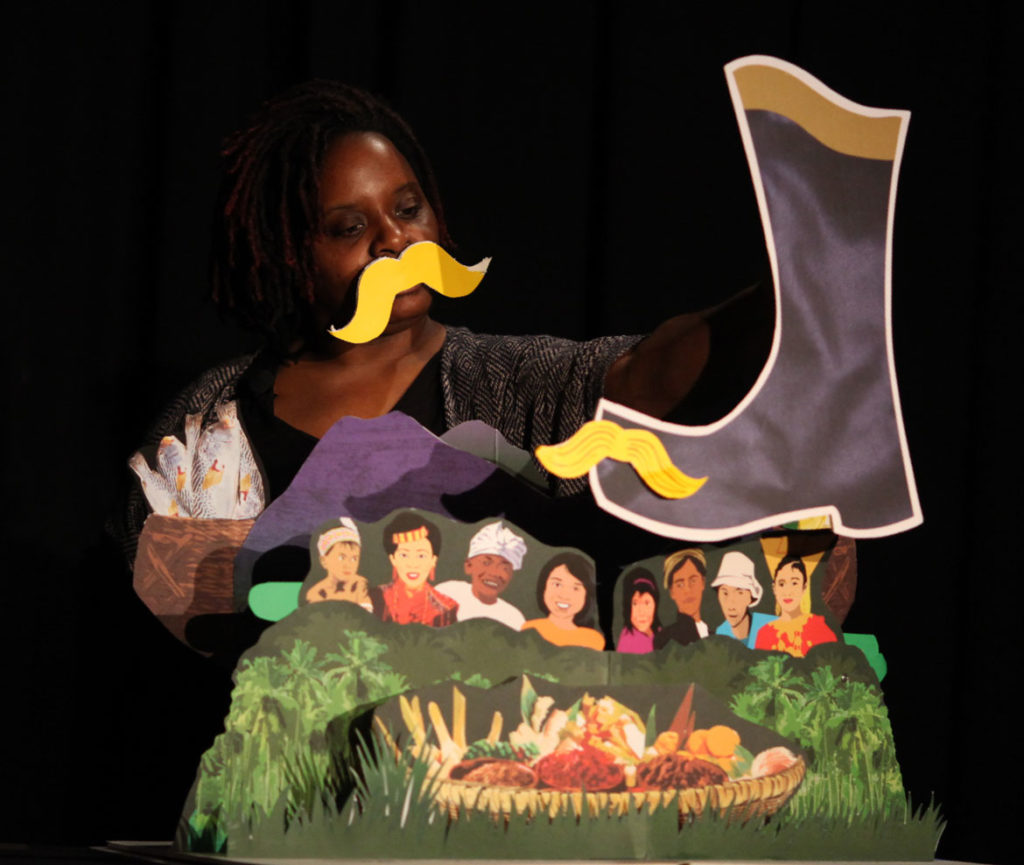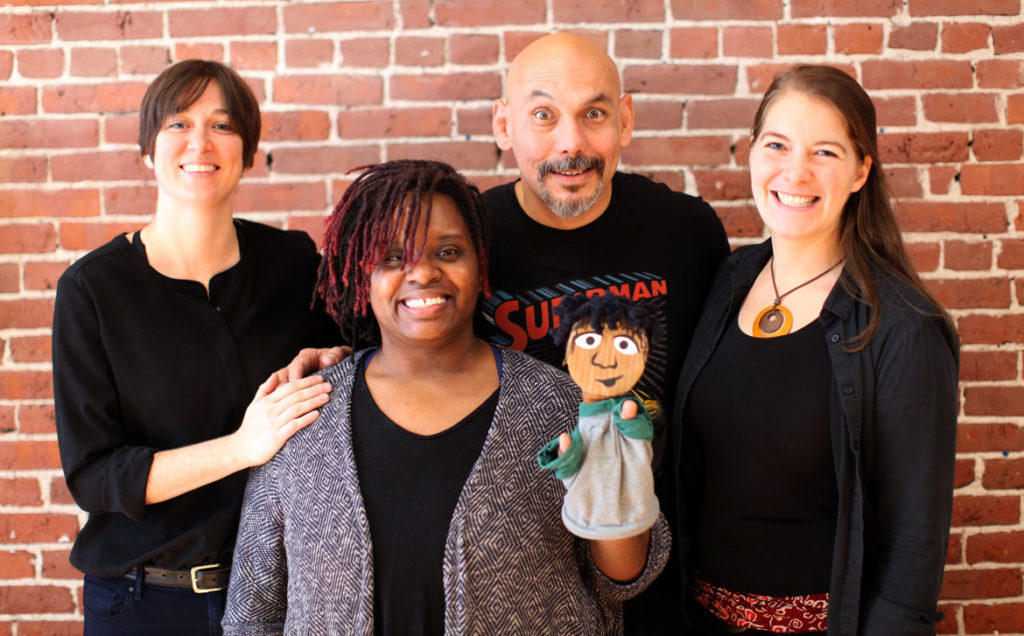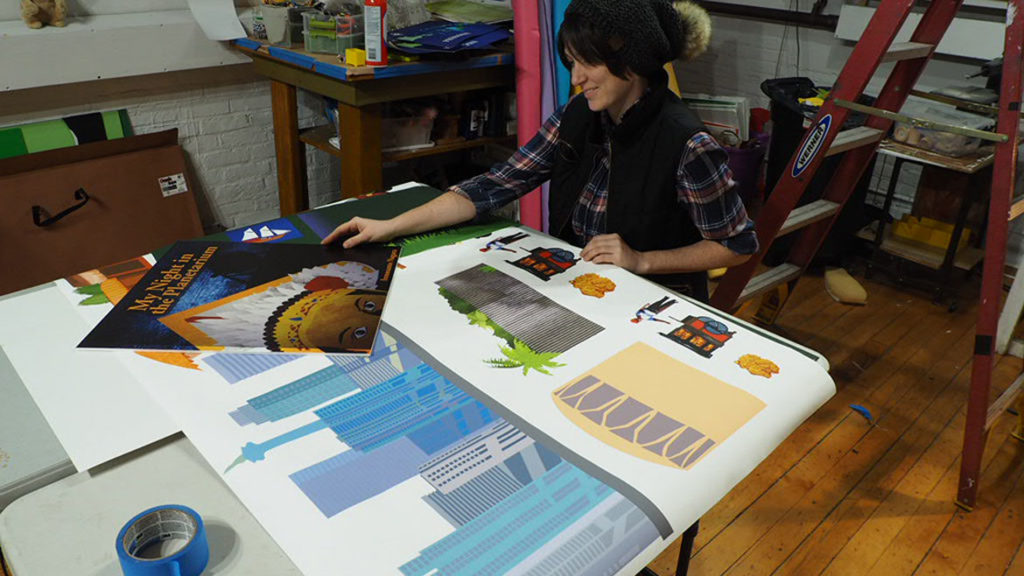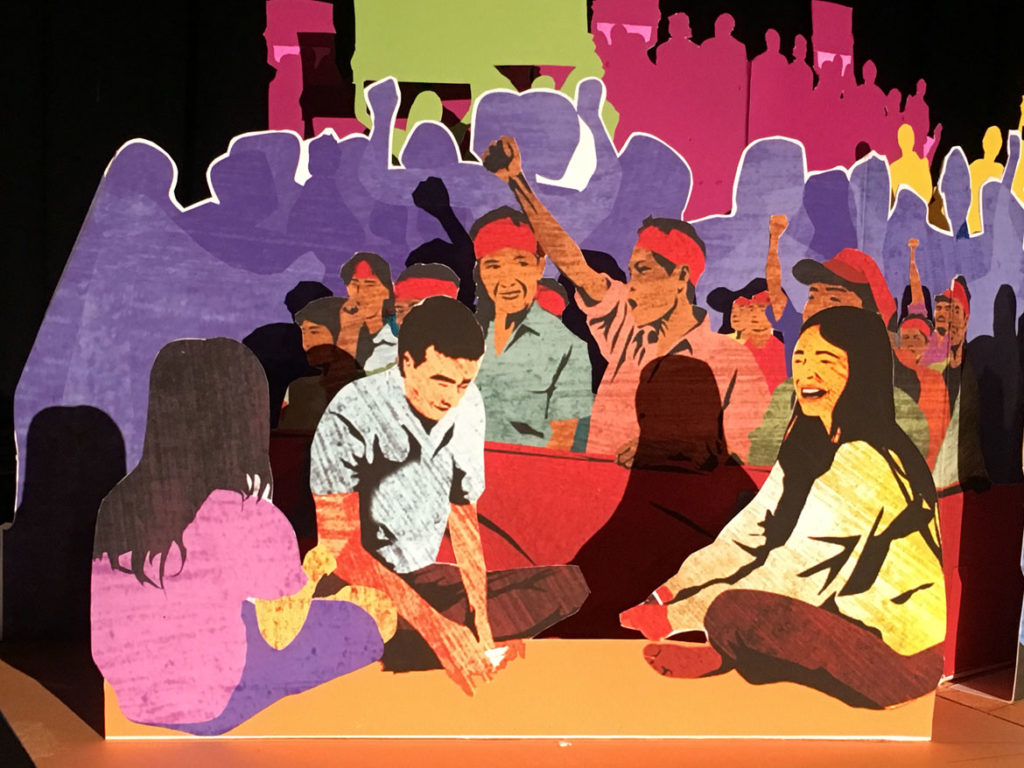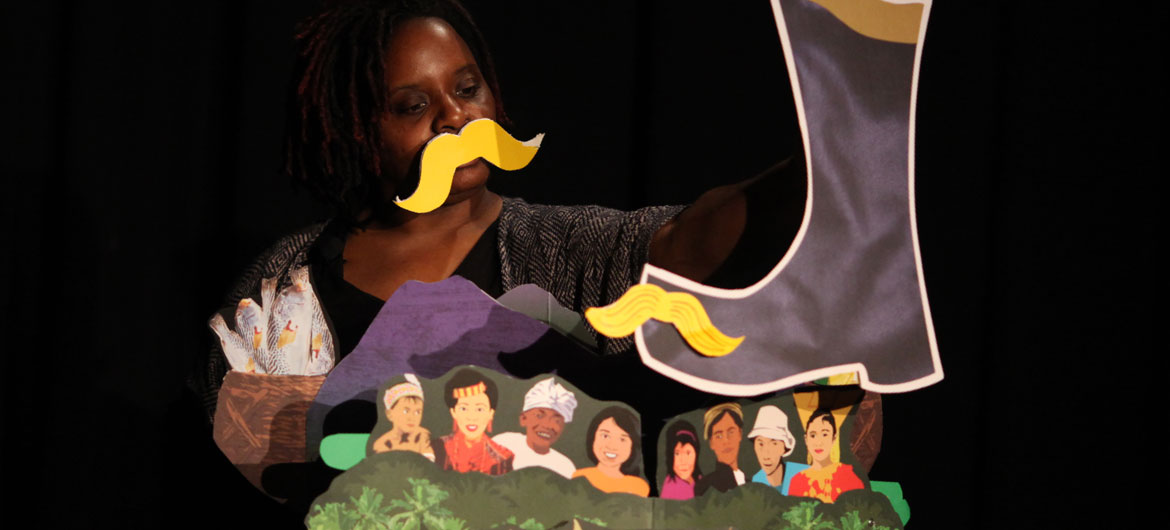“Kids don’t get enough credit that they can understand what’s going on. Racism isn’t going to end until people start noticing it,” says Tanya Nixon-Silberg, co-founder of Wee the People, a Boston-based social justice project for kids. “If you can notice race, you can notice racism and how to fix it.”
In 2015, she and Francie Latour, both of them Black mothers, founded the project to offer “free, interactive workshops and events that explore activism, resistance, and social action” through the arts. Programs include “R is for Resistance,” “Who Gets to Make History? The Story of Monuments and Statues,” “Bridges Not Walls” (in which they literally tear down a wall of cardboard boxes), “Tutus for Batman” (about gender diversity), and “Until Wee ALL Are Free: The Story of Women’s Suffrage.” Nixon-Silberg says, “We also do workshops for adults that work with kids about how to talk with kids about race in the moment.”
“If kids can understand fairness,” Nixon-Silberg says, “they can understand justice and how to move through life.”
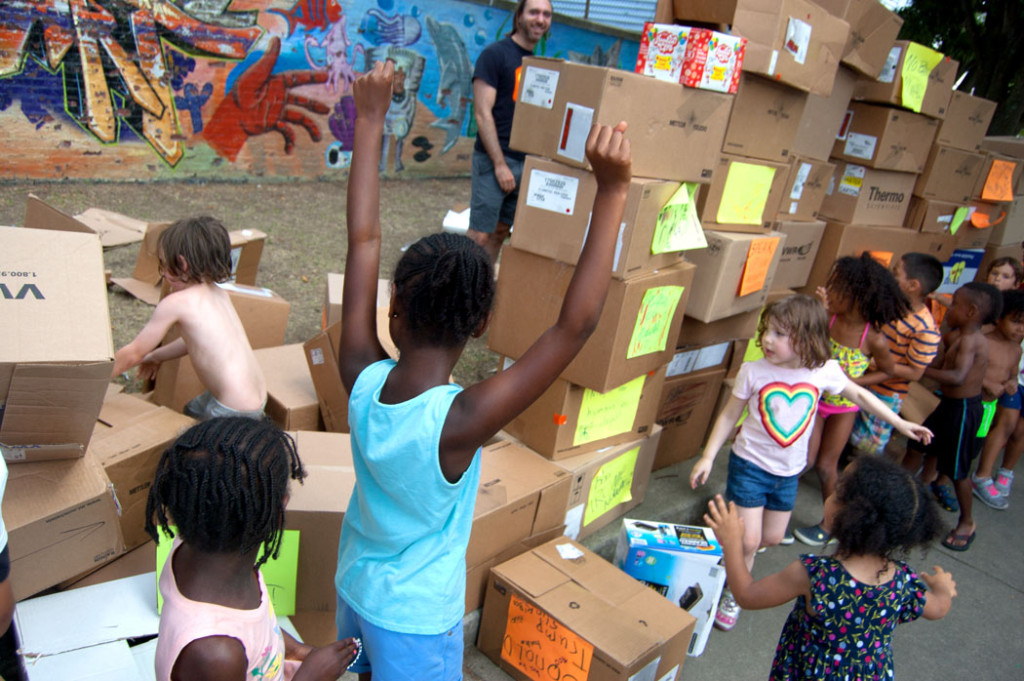
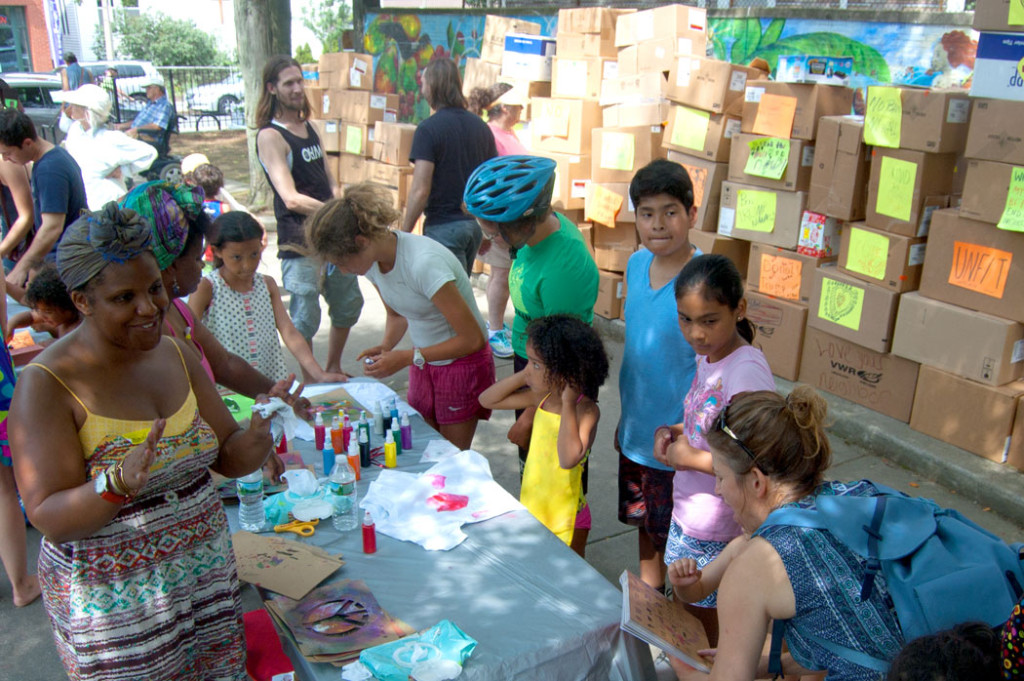
Nixon-Silberg’s latest project is “My Night in the Planetarium,” a one-woman puppet performance that she premieres at Brookline’s Puppet Showplace Theater on weekends from Feb. 1 to 16 and President’s Day, Feb. 17. It was developed through the theater’s incubator program and inspired by author and illustrator Innosanto Nagara’s 2016 children’s picture book of the same name. It’s staged in a pop-up book world created by Puppet Showplace’s resident artist Sarah Nolen.
“It’s about [Nagara’s] time in Indonesia, at the time General Suharto came to power. To tell the story about his life and also tell the truth about what was going on at the time,” Nixon-Silberg says. “We mesh well [with Nagara] because we tell the truth and we tell the whole truth to kids and then we find a way out of there.”
“Once you tell the truth it feels helpless,” Nixon-Silberg notes. “It’s also about what you can do.”
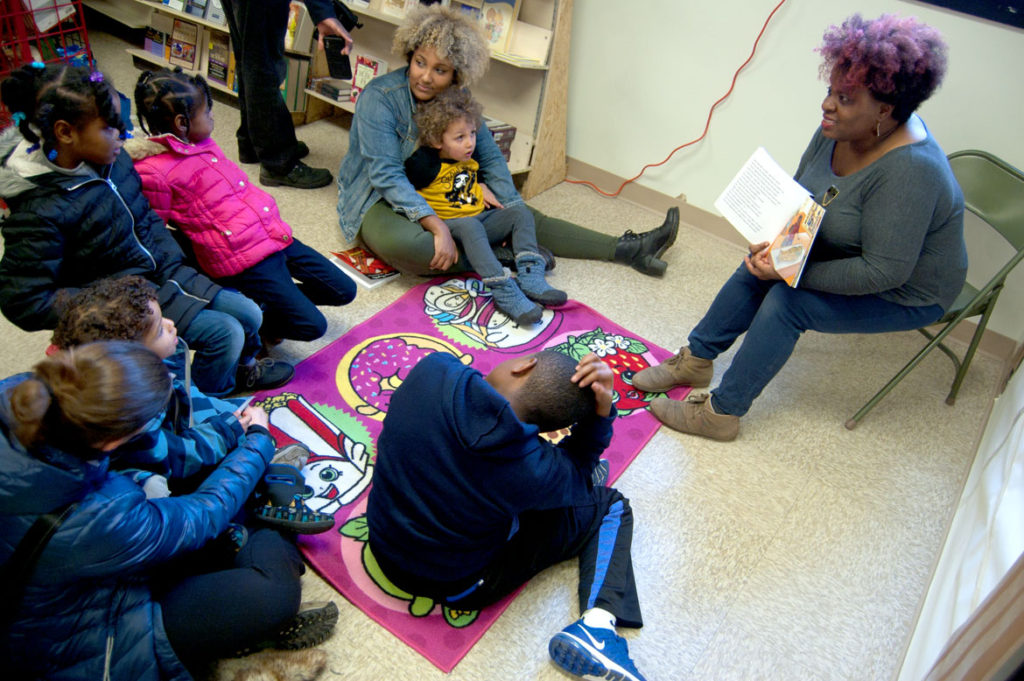
Wee the People’s first public event was an interactive storytime, sign-making session and outdoor protest march in Jamaica Plain in May 2016. At the event, they read aloud Nagara’s 2013 picture book “A is for Activist.” They posted photos on facebook and Nagara himself “liked” it.
That led to them inviting the Indonesian-raised, Oakland-based creator to visit Boston when he was promoting his 2017 book “The Wedding Portrait.” From there, he and Nixon-Silberg gave a presentation about how to use kids books to talk to children about racism at the 2018 “Facing Race” national conference. Then she asked to create this show based upon “My Night in the Planetarium” and he agreed.
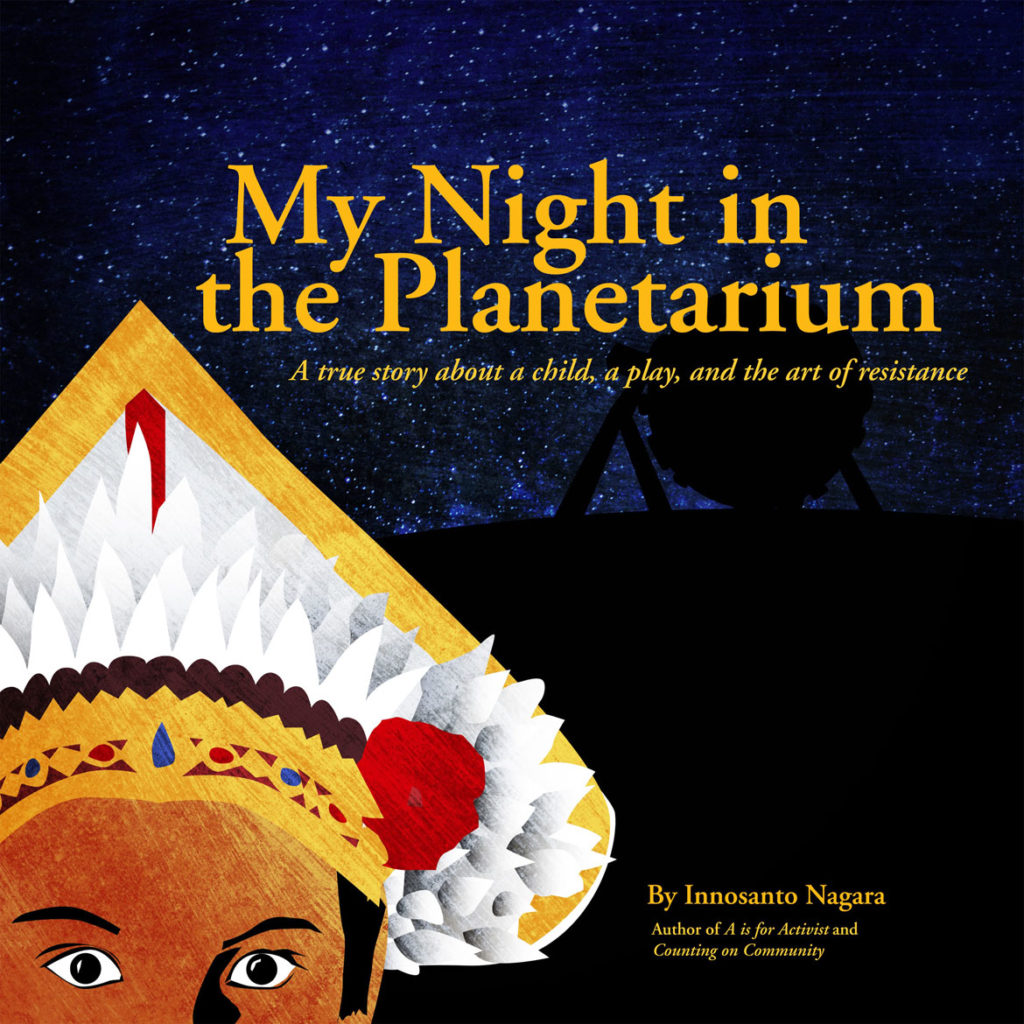
The book talks about Nagara’s father putting on a play in 1970s Indonesia criticizing corruption in the rule of Suarto, the strongman who dominated the country from 1967 to 1998. After the performance, his father snuck out of the theater to evade arrest. Meanwhile 7-year-old Nagara and his mother spent a night elsewhere in the building, in a planetarium.
Nixon-Silberg’s puppet show begins with a history of Indonesia (“Dutch colonization and what that means. It’s represented by this big boot.”), the nation’s independent movement (the audience is invited to join in chanting: “Go! Go!”), and the rise of Suarto.
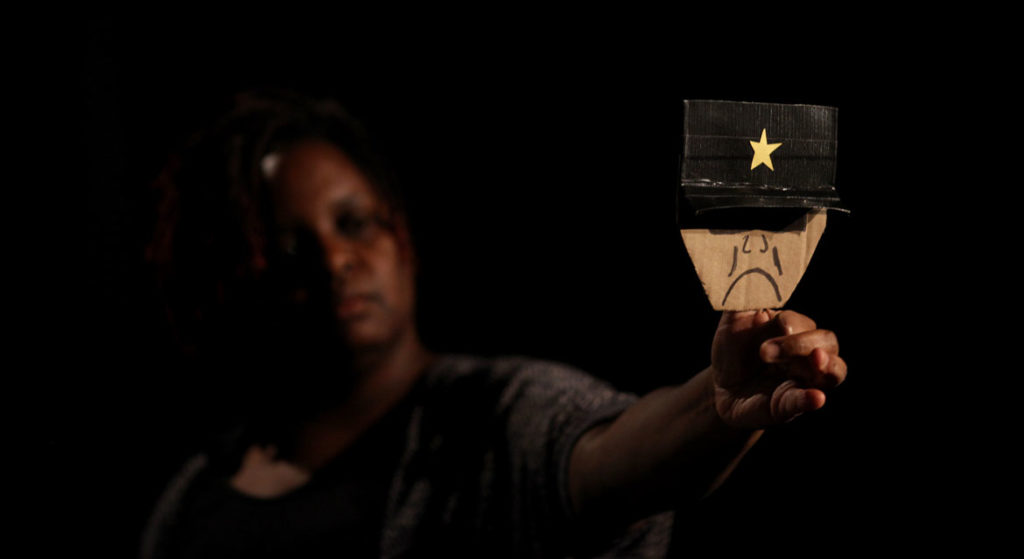
The performance moves on to Nagara’s childhood Jakarta, where his father, Ikran Nagara, is preparing the play criticizing the dictator. “It says in the book he ruled Indonesia like an iron fist,” Nixon-Silberg says. “So we said what if we use that word.” Suarto becomes a (puppet) fist.
“We learn Inno’s dad is doing to go against the general. At this point we learn art is a way to protest,” Nixon-Silberg says. “We go into the fact that this stuff can be scary and there are a lot of people who want change. … Am I going to do the show even though I know the general is after me? … It takes a lot of people being a little brave.”
Nixon-Silberg says, “In Wee the People and Innosanto there is joy always in a struggle, we just need to find it. That’s a way I can stay optimistic. There always is some joy.”
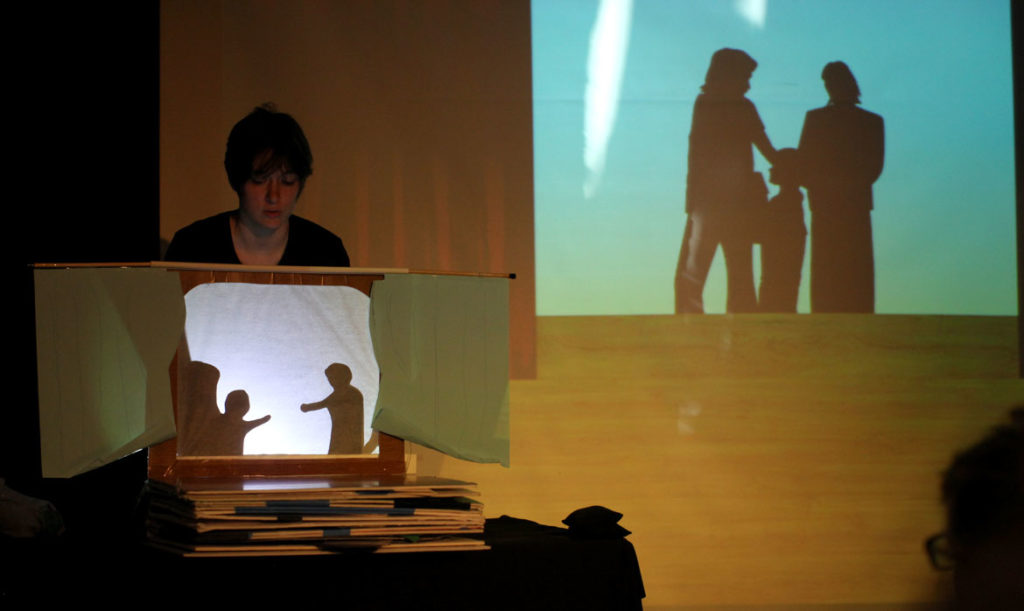
The show presents a version of Nagara’s dad’s play “Sst” (like “Shh” or “be quiet”) via shadow-puppetry—heroes and soldiers defeat a bad king, but then they become bad kings themselves. Afterward, Nagara’s father sneaks away to escape the dictator’s soldiers and young Nagara spends the night in the safety of the planetarium.
In an epilogue, Nixon-Silberg comes out to “talk about the history of movements and protest and how people have changed the world.” She says, “It’s meant to be galvanizing. There is not one way to protest what is going on.”
“When you do this work, you know it’s going to take a lot of different people doing a lot of different things in order for it to be abated or go away,” Nixon-Silberg says. “And that’s tough. But I am forever optimistic. … There’s a way to do it that feels like there’s a way out.”
Nixon-Silberg says, “I don’t like feeling hopeless, so I’m always trying to problem solve to not feel that way and help others not feel that way.”
If this is the kind of coverage of arts, cultures and activisms you appreciate, please support Wonderland by contributing to Wonderland on Patreon. And sign up for our free, weekly newsletter so that you don’t miss any of our reporting.
